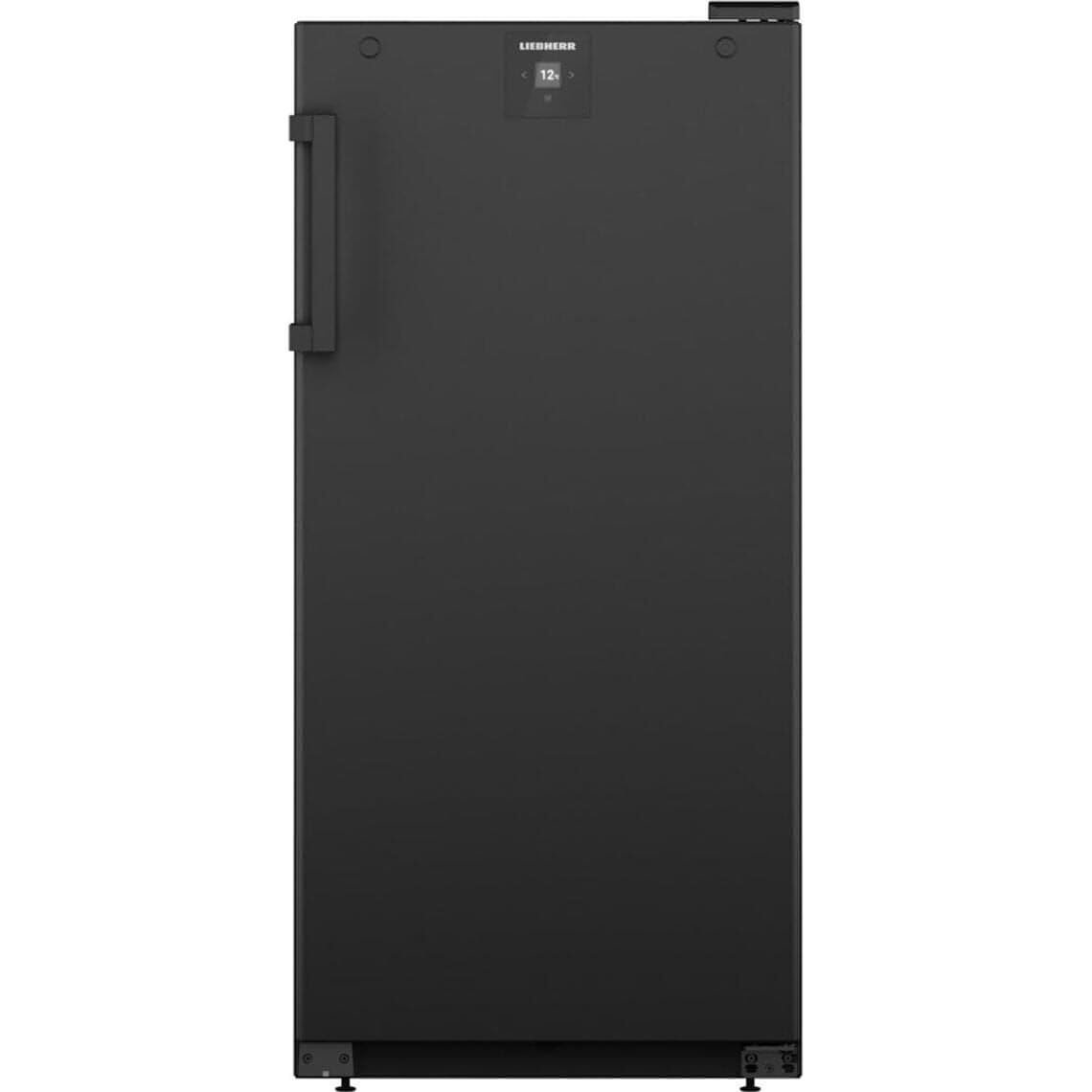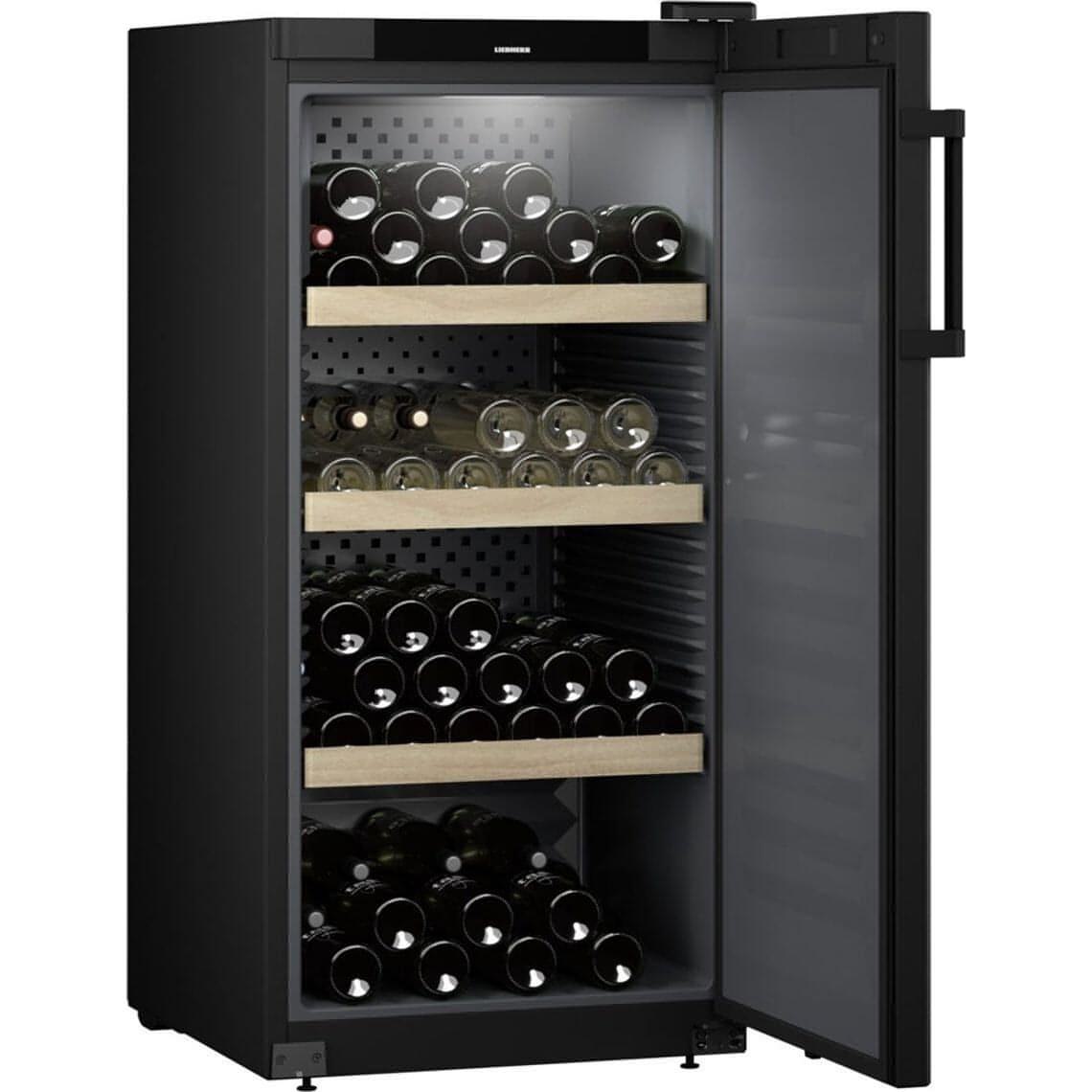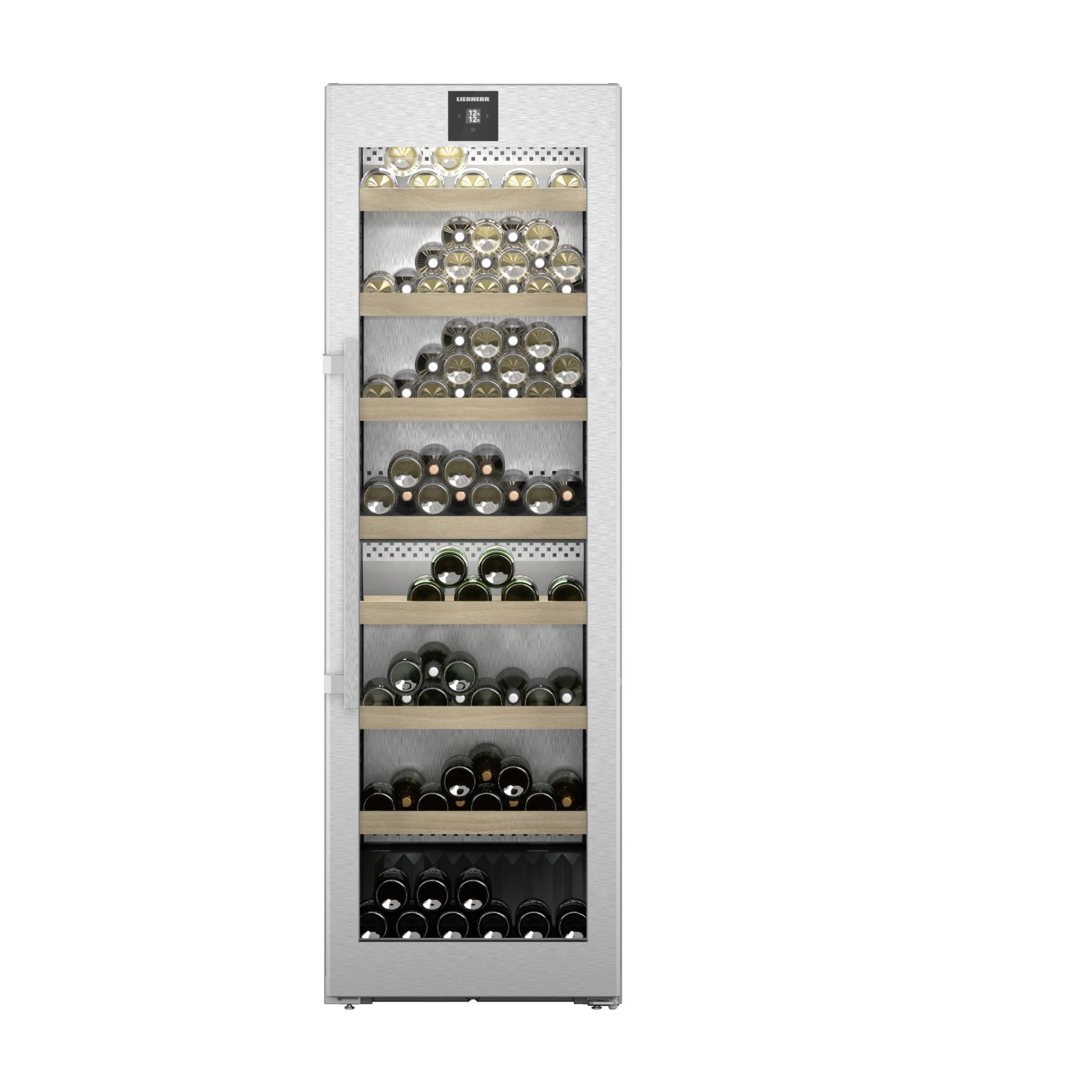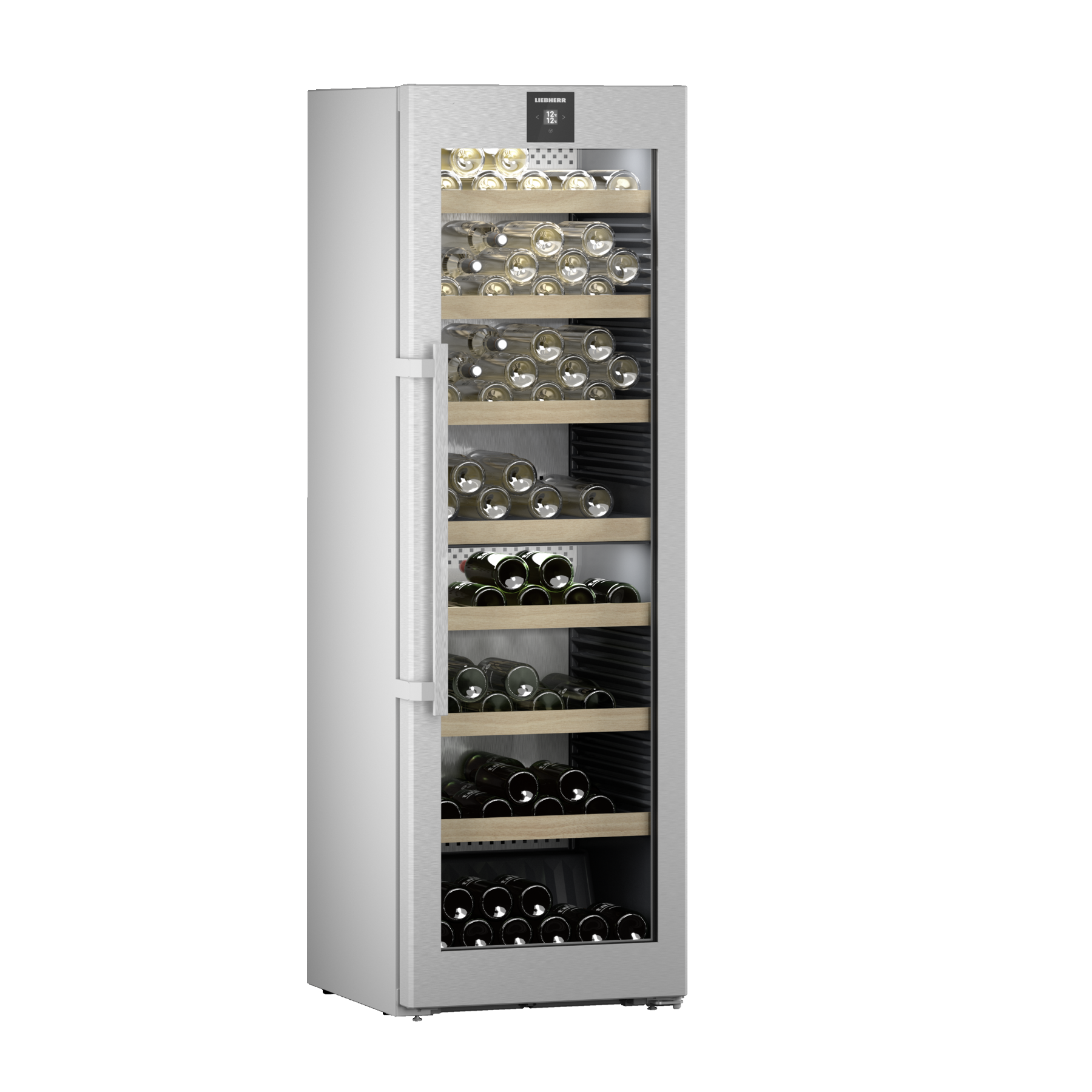These little green bundles are one of the most internationally popular types of grapes, with a reputation that precedes them.
Well-known for their sweet flavour and versatility in cooking.
The Ortega grape is often confused with the Grenache grape, but it's a much better table grape than its cousin.
This does not mean that there isn't still something great to be had in Grenache wines; many connoisseurs prefer the richness of Grenache wines over the acidic bite of Ortega wines.
The differences in these grapes lie mostly in their flavour and texture.
The Ortega grape has a more lemon-zesty, floral flavour than the Grenache, which is a less sweet variety that has a delightful peppery taste to it.
While Ortega wines are extremely popular throughout the world, Europeans prefer them more than Americans.
Most of what you see on wine lists in America are actually made from this popular little green grape variety.
But don't get confused; the Ortega grape is still used in many different types of wine, including rose' and white wines, as well as sweeter dessert wines.
This versatility makes it so that it can be easily enjoyed by persons both young and old alike.
Ortega grapes are among the most popular varieties of white grape in Germany and has made its way across the world.
Ortega is used in varietal and blended wines. It shares some similarities with other grapes including Muscat grapes.
What makes Ortega grapes so special is that it was “designed” with cold-hardiness in mind.
Given that Germany is known more for producing beer than wine, grapes such as the Riesling get all the attention in the country.
Many German grapes are actually Riesling-cross grapes made to withstand harsh and cold German weather. The Ortega grape is one such crossbreed.
Ortega Origins
The Ortega grapes we know and love were developed in 1948 by Hans Brieder at the Bayerischen Landesantalt fur Wien, Obst, und Gartenbauin Wurzburg, in Germany.Brieder created the grape by crossing the Siegerrebe and Muller-Turgau to improve the quality of Riesling in the poorer vintages of the Rhenhassen region of Germany.
The region deals with weather typical of mainland Europe, meaning it is often cold and harsh. Grapes with cold-hardiness in mind were essential.
The crossbred grape proved able to resist even severe weather. The grape could withstand blizzards and intense cold weather that means it can be grown – and is grown – in areas where grapes and vines don’t normally grow.
For example, Ortega grapes are found in Britain, Canada, Columbia, and the northern regions of Germany.
Ortega Characteristics
Ortega is similar to the parent grapes that went into making it. It is an early ripening grape that withstands the cold better than any other grape.
Ortega grapes also have a relatively high must level, reaching 20 times that of the Muller-Thurgau.
Ortega grapes are less acidic than other grapes, but counters that drop in acid with an increase in sugar.
The sugar helps it survive in cold climates and gives the grapes a sweetness that makes it a solid choice for making wines.
Ortega grapes make for a suitable blending agent for wines that lack full body and sweetness.
German grapes aren’t exactly known for being aromatic. Only Riesling grapes and its close relatives are known for their aroma.
Ortega, on the other hand, is an aromatic variety of grape that smells similar to muscat and peaches.
There are some downsides to the Ortega grape that can’t be overlooked. While the grape is incredibly resistant to the cold weather, it is still susceptible to coulure, mildew, and fungal infections.
These conditions are common in the areas where Ortega is grown because the environment is generally cold and wet – the perfect breeding ground for mildew and fungus.
The standout feature of Ortega is how well it withstands cold weather, which is only right as this was the main reason it was invented in the first place.
Where is Ortega Produced?
Ortega is produced in areas where you wouldn’t normally expect to find grapes.
This grape isn’t grown in the Mediterranean vine basket like other grapes because the area has such a moderate climate. Instead, it is found in colder countries and climates.
Canada, England, and Germany are the main cultivators of Ortega grapes. The grapes are also found in some regions of the United States.
The grape has thrived and whet the appetite of many a person in British Columbia, Nova Scotia, and the colder areas of the UK.
In the United States, Ortega is most commonly found across Vancouver Island, Nova Scotia, Okanagan Valley, British Columbia, Fraser Valley, and Prince Edward Island.
Okanagan Valley is a part of British Columbia. Most of the wineries in the region are in the Cowichian Valley to the eastern side of the island, which is the heart of Ortega Country.
There are many other grape varieties to be found in Nova Scotia. The region is one of the most overlooked historical regions in the world, especially in terms of wine and grapes.
Nova Scotia is among the most diverse regions for cultivating grapes, with several hundreds of varieties of grape grown and planted here.
Some of those grape varieties are indigenous and local to the region while others are imported and are able to survive in the climate.
Ortega is found in other parts of the world as well. It can be found in Argentina.
While Ortega grapes have been cultivated in limited qualities since their inception, wine experts are coming around to the place it holds in the global wine market.
Foods To Pair Ortega With
Ortega is versatile and pairs well with delicious and mild German dishes including cheese, milk products, herbs, and salads.
Heringsalat is a natural pair for Ortega, along with Scallop ceviche.
Final Thoughts
Ortega grapes are tailor-made for cold weather.
These grapes grow in places other grapes don’t, giving more people in the world the gift of locally-sourced wine.
While primarily grown in Germany and developed by a German, Ortega is making its way across the world.
Ortega grapes originate from Germany, similar to one of the leading brands we work with, Liebherr. It’s crucial to have the right wine storage unit for your bottle collections - Liebherr is a leading brand, that designs and manufactures quality products.
We work with Liebherr, stocking their designs across our website for our customers to purchase. Within our collection, we have a variety of different wine cooling systems. Keeping your wine at the right temperature is essential, especially if you have a big bottle collection.
Liebherr designs can be built-in or left freestanding, ideal for those who have cabinet space to fill or an empty area of their home to accommodate a wine cooler.
If you are wanting somewhere to store your wine, take a look at our wine coolers.







